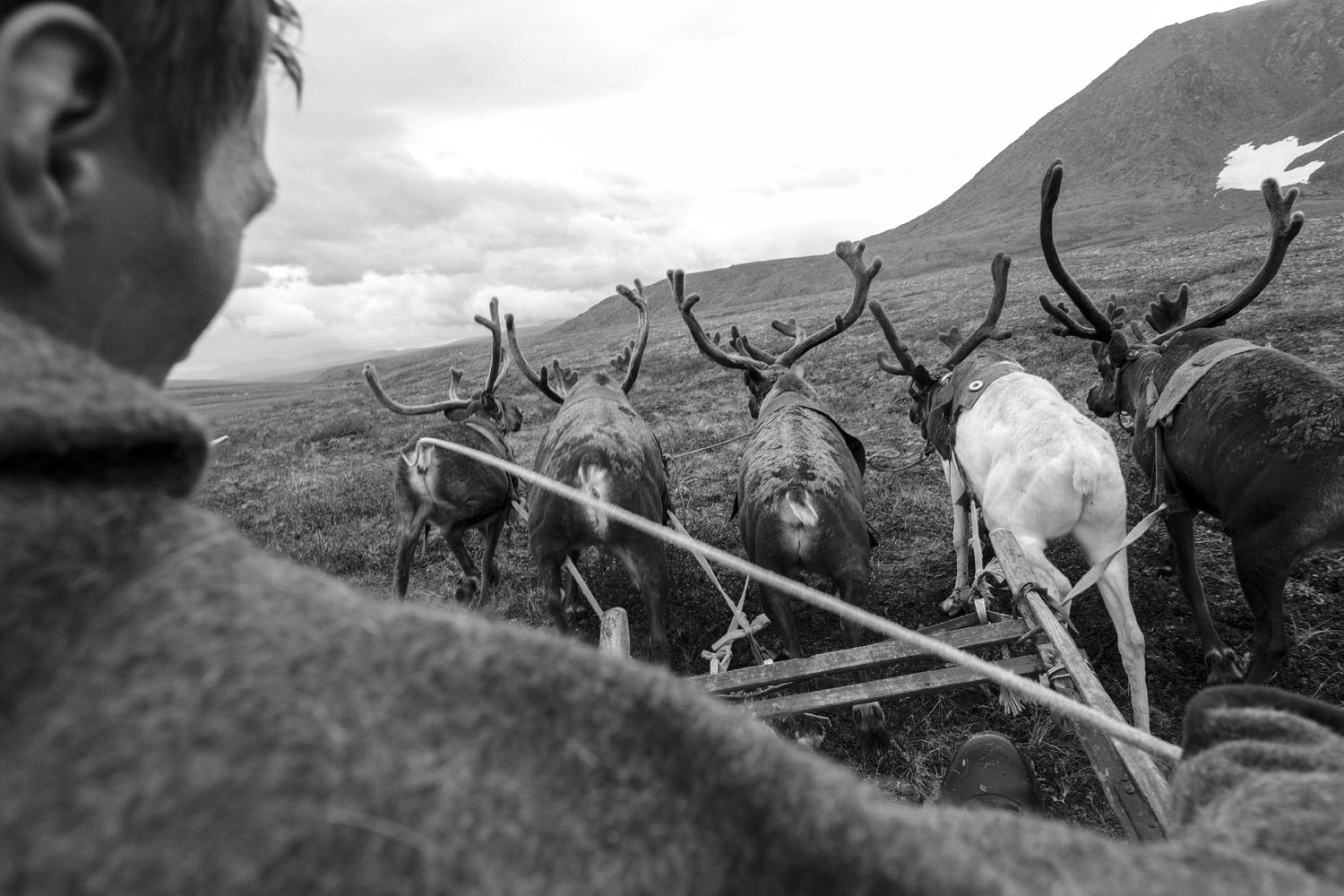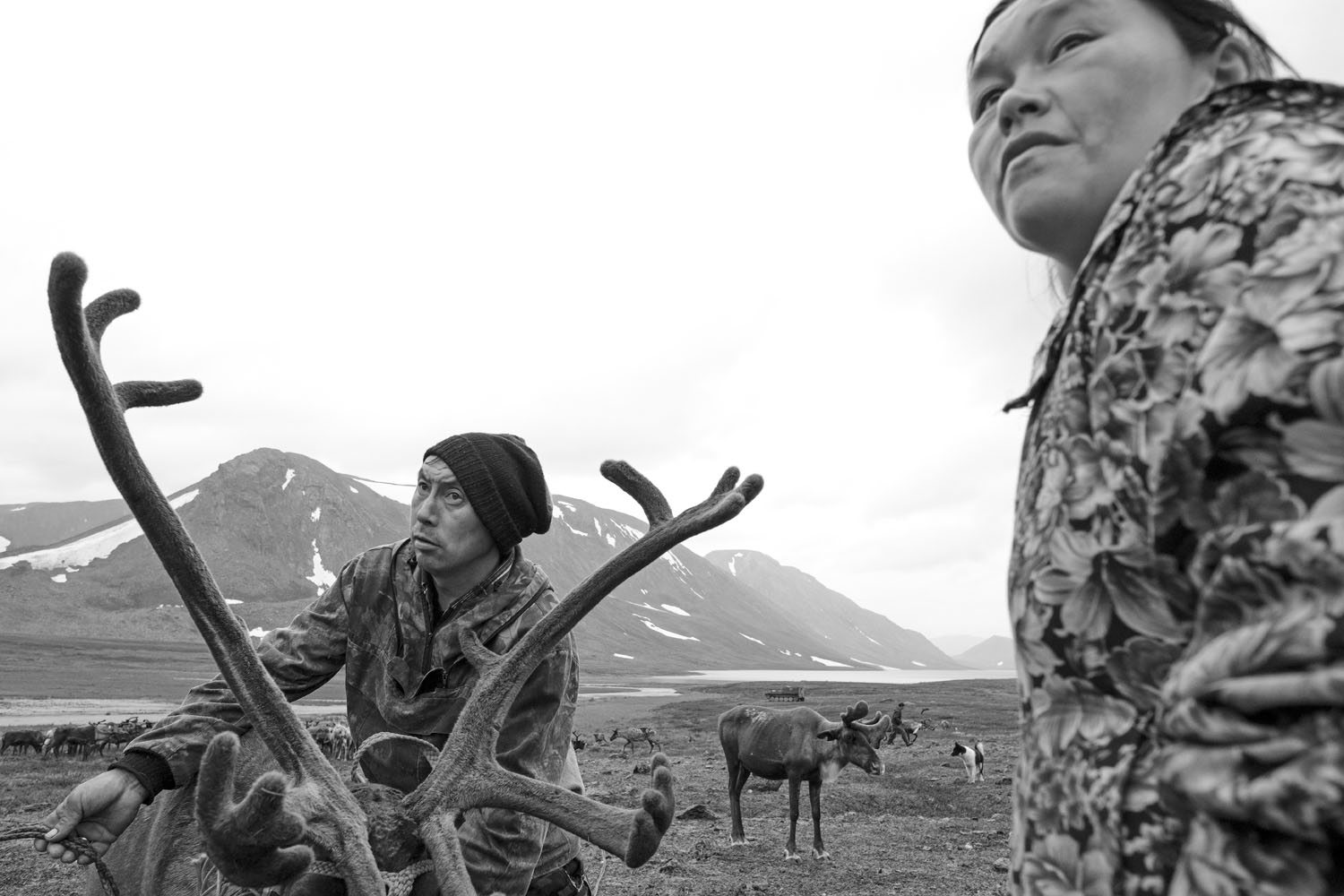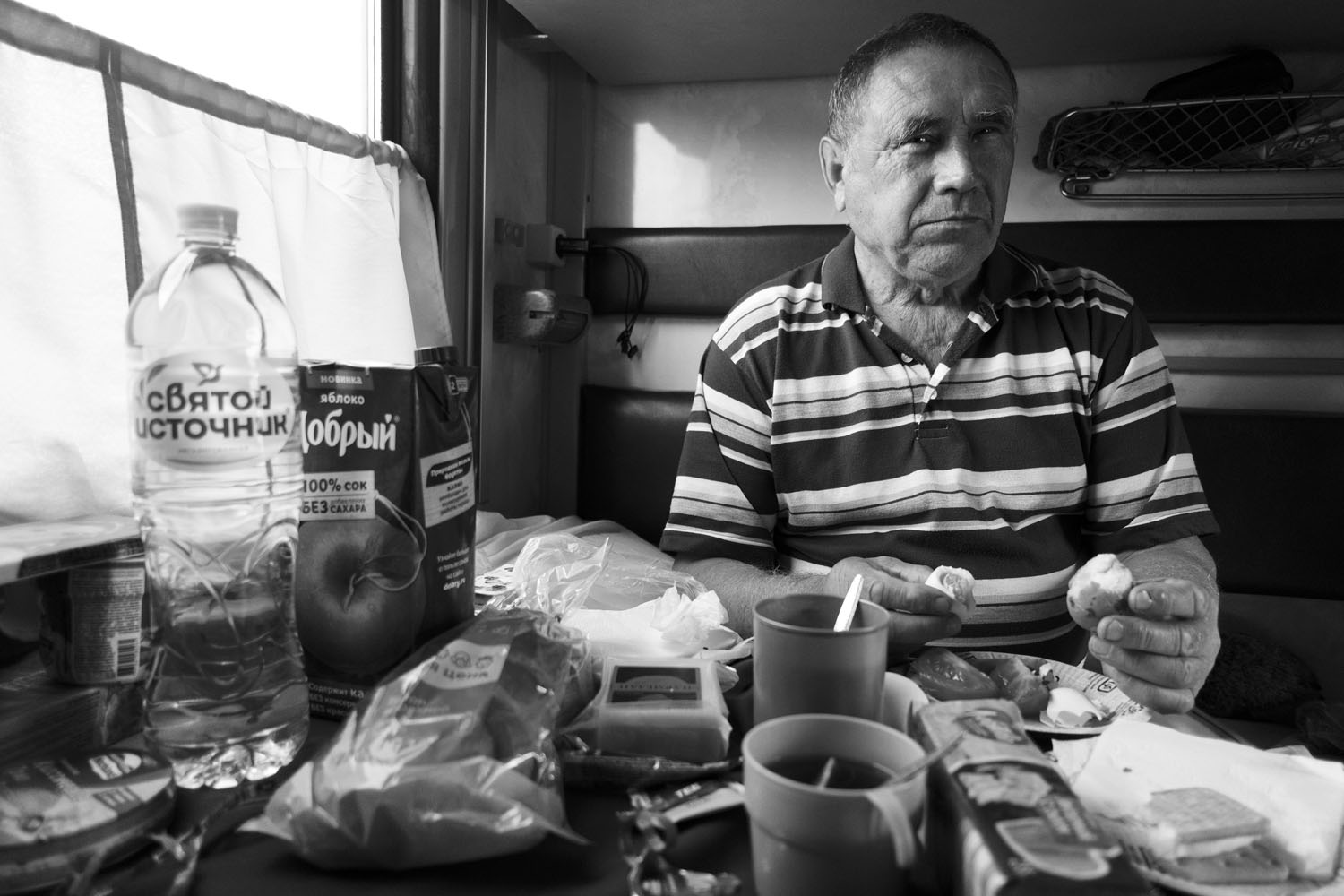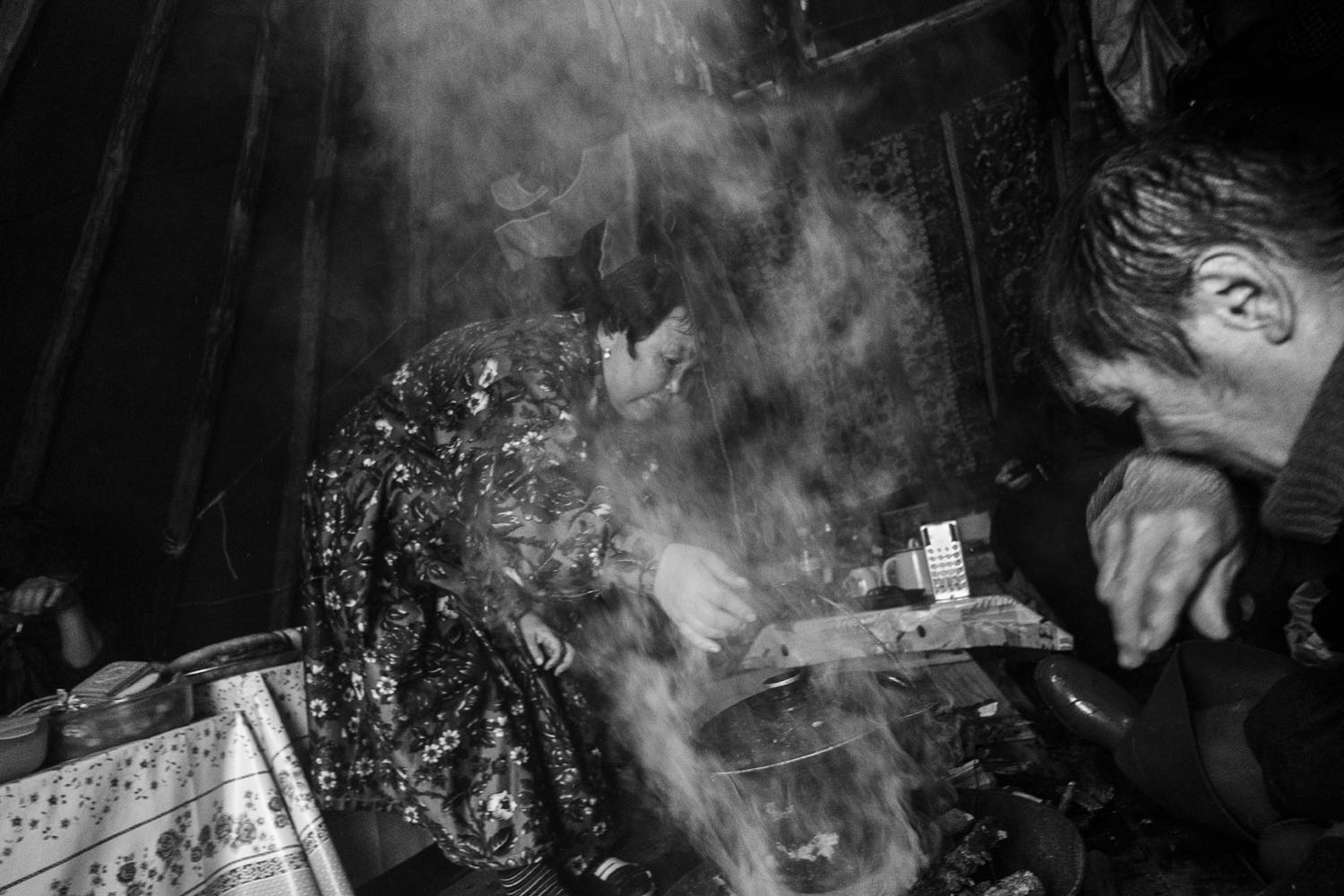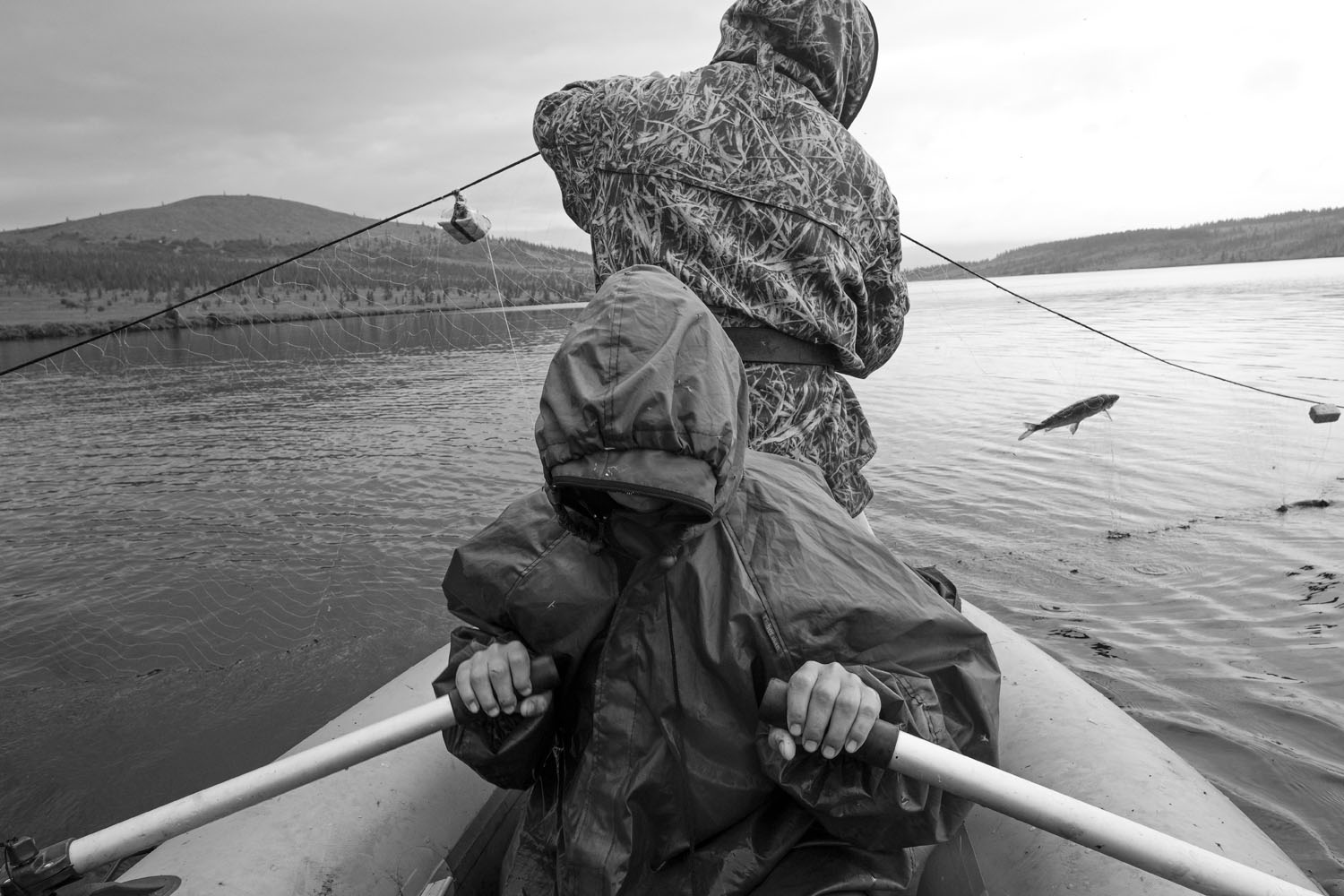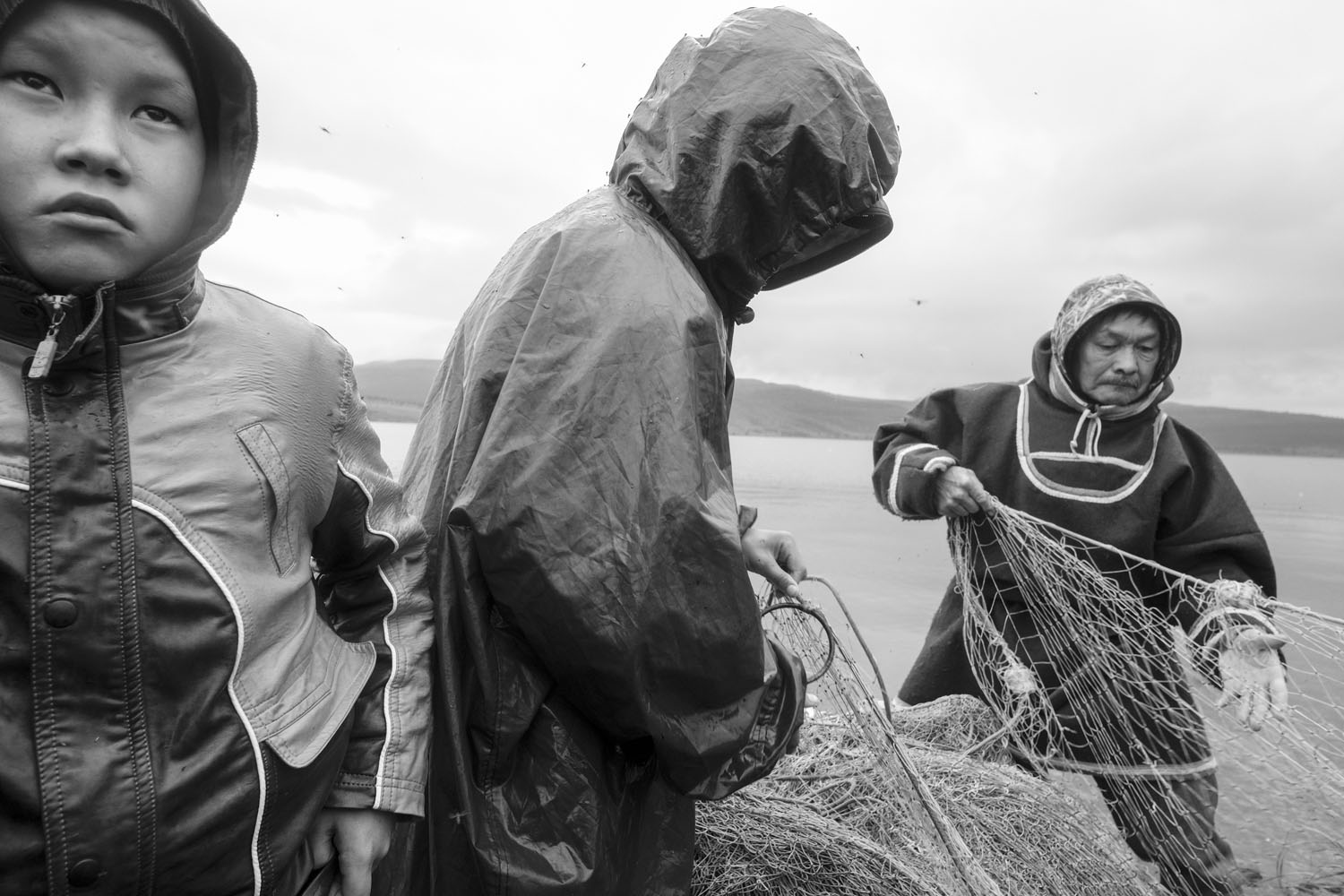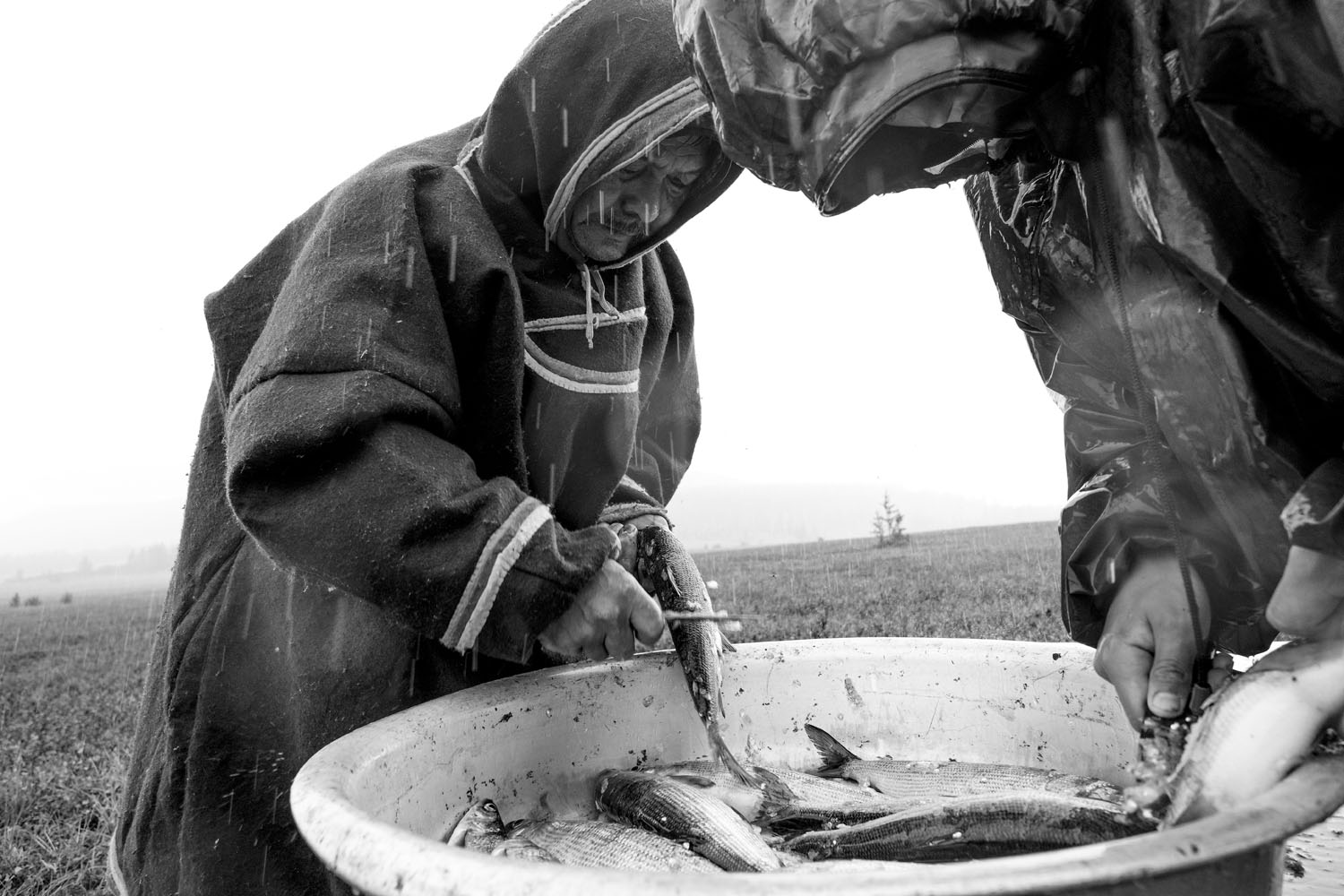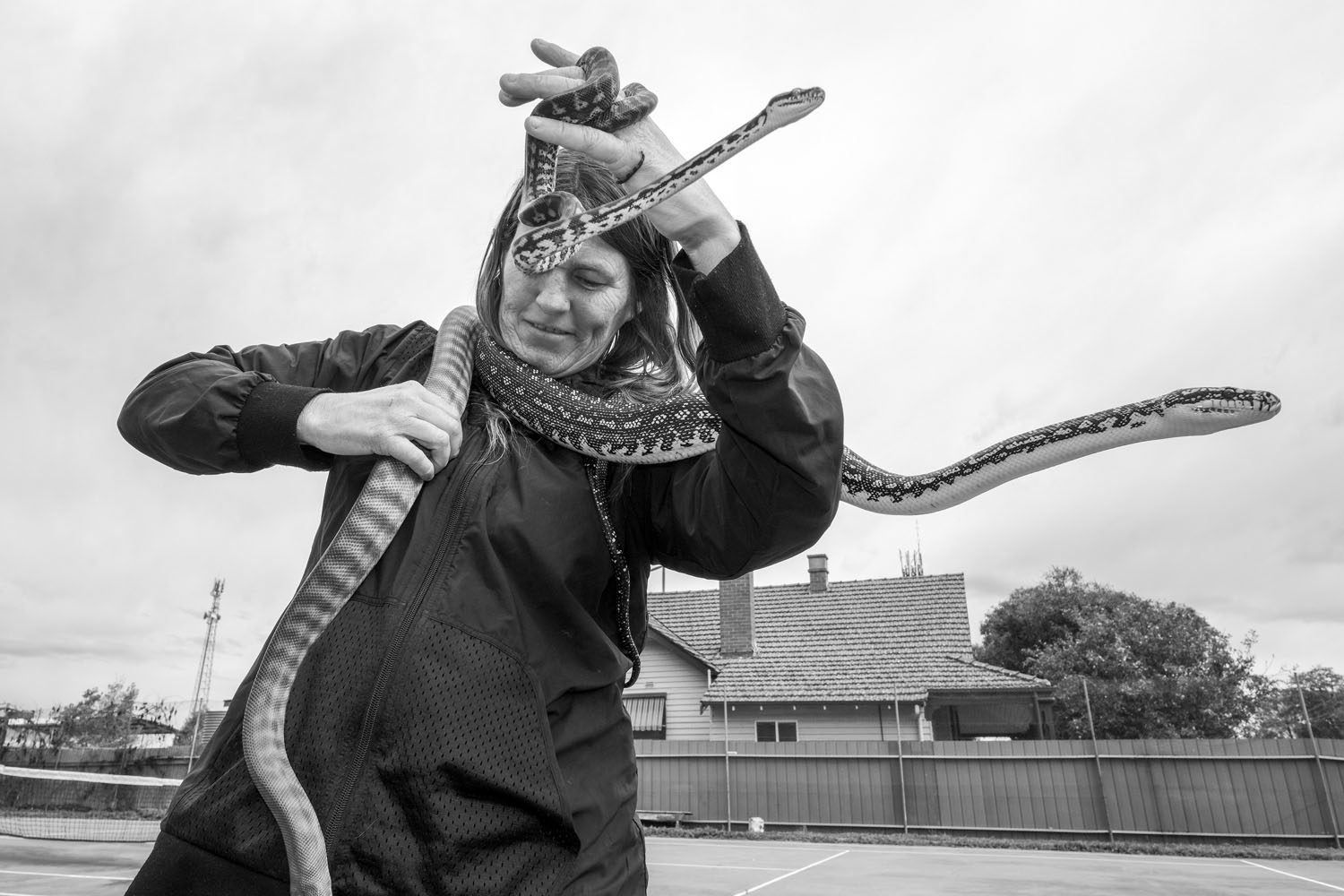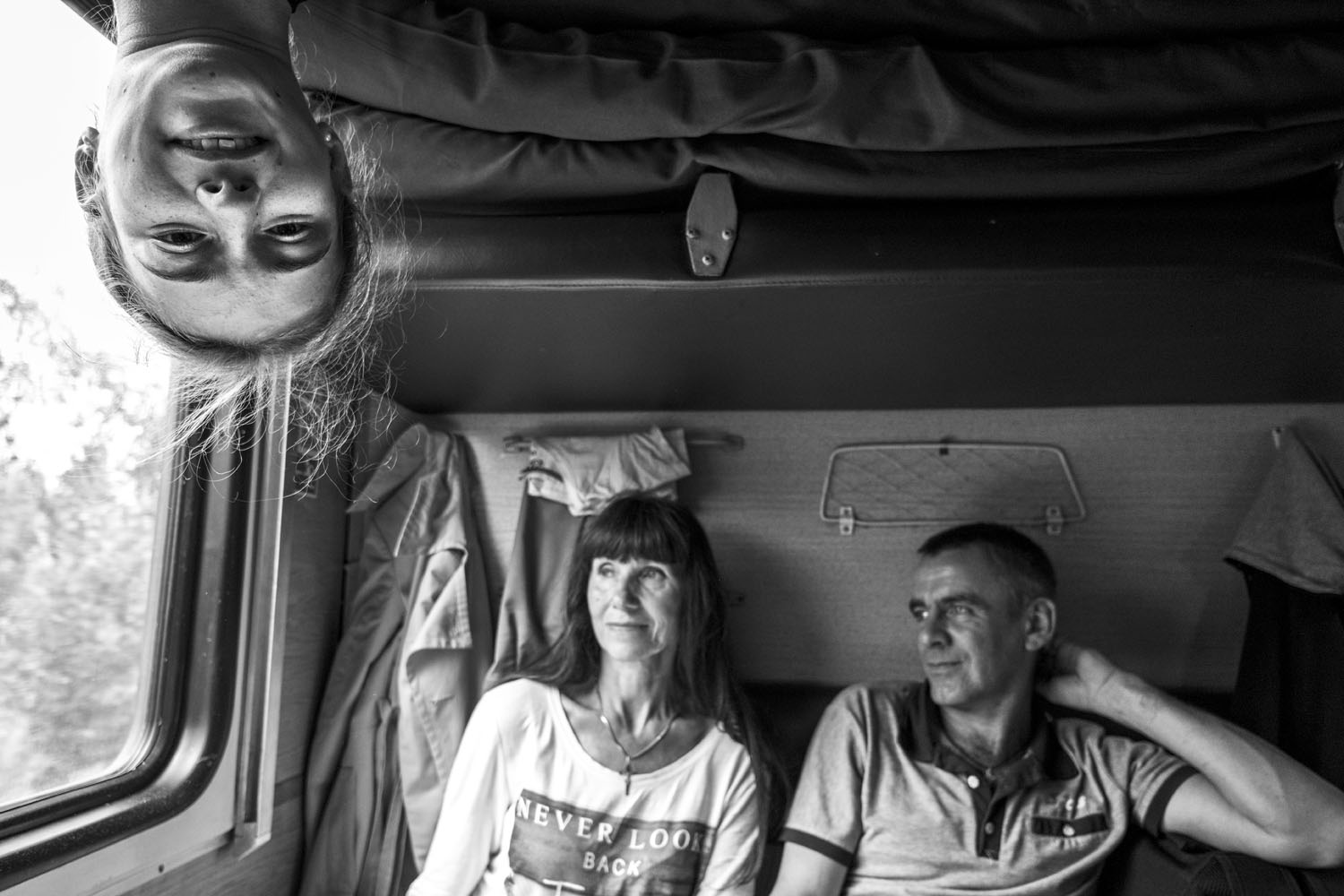
Michael Coyne
Il dottor Michael Coyne è un leggendario fotogiornalista australiano che si è stabilito a Melbourne e Hong Kong, dopo aver viaggiato in lungo e in largo per il mondo realizzando servizi per riviste del calibro di Newsweek, Life, Time, National Geographic, New York Times, Sports Illustrated, Smithsonian, Vogue e molte altre. Durante la sua carriera trentennale, Micheal ha immortalato guerre, rivoluzioni e altri eventi internazionali in luoghi come le Filippine, Cambogia, Indonesia, Africa Centrale, Africa Orientale, America Latina, Nord America, Australia, Nuova Zelanda e Regno Unito. Il penetrante stile fotografico di Micheal offre un punto di vista spontaneo sulle persone, le culture e le esperienze che spesso si susseguono durante eventi importanti e storici. Le sue eccezionali immagini gli sono valse molteplici onorificenze, tra cui la Medaglia del Centenario del governo australiano per i servizi resi nel campo della fotografia; un’affiliazione onoraria all’AIPP (Australian Institute of Professional Photography, Istituto australiano di fotografia professionale) e molti altri riconoscimenti internazionali. Ha completato un dottorato in fotografia documentaria ed è un professore aggregato di fotografia presso la RMIT University di Melbourne, ricercatore senior di fotografia presso il Photographic Studies College (Istituto di studi fotografici) di Melbourne e docente onorario presso l’Università di Hong Kong. Micheal ha pubblicato oltre 10 libri ed è protagonista di tre documentari.
Siberia to Numurkah with the FUJIFILM X-Pro3
I gripped the side of the sledge as tightly as possible while we bounced, bucked and almost flew across the tundra. In my right hand I held the FUJIFILM X-Pro3 close to my face and focused on the reindeer as they bounded over rocks, through mud, and across swampy land. Nothing stopped the animals; the driver steering them to make sharp turns, tipping the sled into impossible angles, while we careered across the ‘edge of the world’, as it is known to the indigenous inhabitants.
We were in Siberia to record the lives of the reindeer herders (Nenets) for my book about rural and village life around the world.
For this chapter of the book we had travelled by local trains across Russia, intermittently stopping at villages. Sometimes, we spent time and I shot pictures but, on other occasions, we stayed only long enough to glimpse rural life as it is lived across this vast land.
I was working with the FUJIFILM X-Pro3 and XF16mmF2.8 lens. For me this was the perfect combination. A sharp, short, small lens that allowed me to get close, and a tough, unobtrusive, lightweight durable camera with excellent large files.
I have been working on the Village project for approximately ten years and most of the images have been produced on the FUJIFILM X Series cameras. I started with the FinePix X100 and have been an avid fan of the X Series since they were introduced in 2011.
My work on this project has taken me to over forty countries, travelling on every possible vehicle and in all kinds of weather conditions so I need a camera outfit that is robust, reliable, light and small. Size matters when you travel as much as me.
Russians are great long-distance train travelers so the opportunities to shoot images is vast and varied. They are also friendly and, in their cabins, generously shared the food they’d brought, along with the occasional nip of forbidden vodka. Alcohol is banned on trains but water bottles were prolific and popular!
To get good pictures of people it’s necessary to connect with them. So eating, drinking, gesturing and talking, even a few words in another language, is important.
Traveling to remote rural areas is not always easy. To get to the Yamal Peninsula in Siberia we used trains, buses, ferries, small tin boats, and an amphibious, all-terrain, six-wheeled Russian vehicle, called a Trekol. For the last part of the journey, we rode in a Soviet-era tank that was like an overheated tin can with tracks. It drove through everything, nothing deterred it. Swamp, bush, rocks, rivers; the vehicle headed up and over, or through, all obstacles.
Trips like this are not for the faint-hearted and you need reliable, durable camera gear. The FUJIFILM X-Pro3 is made from Titanium and worked perfectly despite the unexpected knocks, drops, and bashes that it received.
We arrived at a fisherman’s family camp and squelched through swamp, rain, and plagues of mosquitos down to a river where we hauled in a net brimming with fish.
In the family chum (tepee-like tent) the fisherman’s wife cooked our catch over a smoky fire. The smoke stung my eyes and it was dark inside so I shot images with the exposure on a 1/30 at f2.8 using ISO2500. The FUJIFILM X-Pro3 handled the conditions marvellously, hit the focus point quickly, and I didn’t miss a frame.
On my return to Australia I headed to Numurkah, a small town in the countryside where
I had arranged to meet with a woman who collected and rescued snakes; creatures that I feel are often somewhat unpredictable.
While working, I spend my time looking at the subject and spend very little time looking on the screen at past images. So the removal of the rear LCD screen was no loss to me. I believe if you have confidence in your equipment and trust your visual instincts, there’s no need to see the images immediately.
I did flip the screen down for several picture opportunities but not while photographing the snakes. They were so close to the lens that I had one eye at the viewfinder and the other eye checking that they didn’t reach out to me.
The FUJIFILM X-Pro3 is a camera designed by photographers, or at least with photographers’ input. Fujifilm have always asked photographers what they needed and how they could improve the X Series cameras.
The result is a power packed, compact body that’s comfortable to hold, great to work with, and fun to use.















































